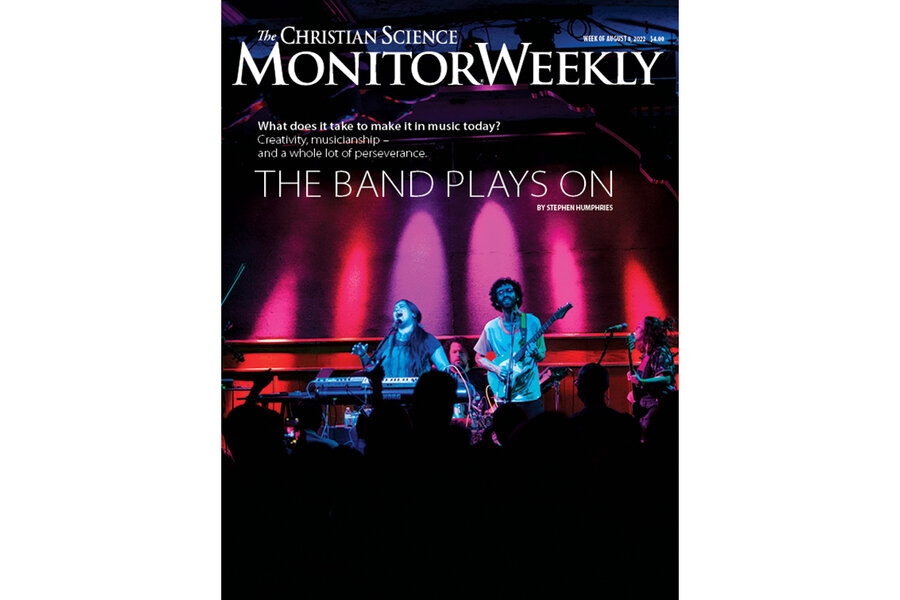Readers write: ‘Putting the journalist back in journalism’
Loading...
Journalistic integrity
May I say that your thoughtful writing and editorial integrity are so refreshing. As a career journalist who got his start in the ’70s when great journalism was coming into its own, I have been dismayed at the decline of our profession.
Newspapers I once revered and admired – The Washington Post, The New York Times, The Wall Street Journal, to name a few – now fill their pages and e-access platforms with articles filled with editorial comment. The writers often appear on television talk shows and acknowledge praise for their “hard-hitting” journalistic skills. They promote their books and their “brands.”
There was a time when journalists recoiled at the thought of ever being part of a story they were writing, or receiving public praise from print or TV personalities for their work. The only acknowledgment they wanted for a good job done was from their editors, their press associations, or the Pulitzer committee. The work was its own reward.
Thank you for putting the journalist back in journalism. Your articles are balanced and factual. You present both sides as warranted without fanfare, bias, or passion. You report the news. My goodness, what a concept! You let readers come to their own conclusions. Incredible! While one great newspaper after another has lowered its standards of journalistic integrity, The Christian Science Monitor remains a beacon on a hill, shining light and truth on a world in desperate need of both.
Thank you from the bottom of my weary heart. You give me hope. When I find myself sinking into despair, your writing lifts me upward into the light.
Knight Chamberlain
Asheville, North Carolina
Over the decades
I’ve just finished rereading “Commitment to Freedom: The Story of The Christian Science Monitor” by Erwin D. Canham, published in 1958. The book is about the history of The Christian Science Monitor from 1908 to 1957, as well as a recorded history of world news during that time.
Growing up with the Monitor newspaper delivered daily, I recognized many of the bylines and correspondents’ names in the book, and it brought back happy reading days.
I especially loved John Gould and John Allen May from the Family Features page, and their witty writing. And oh, the comic strips – “The Diary of Snubs, Our Dog,” “The Adventures of Waddles,” and my favorite, “Tubby and Buddy” by Guernsey LePelley, which I looked forward to having read to me, looking at the drawings until I could read for myself.
Much of my education came from reading Monitor news, and also the sports and arts pages, which included updates of Broadway plays, ballets, books, and entertainment.
The Monitor launched my own career as a writer. At age 16, I wrote about my experience as a model on “live” television in Los Angeles around 1949. TV was very new, and I was thrilled when the Monitor accepted my story and paid for it – I think $15!
I continued writing educational material for supplication reading in schools, followed by freelance writing for books and magazines – including for the Monitor’s Home Forum page and its metaphysical articles.
Over the years, the Monitor has taken on several new looks – I guess those are the signs of the times. I’m grateful the magazine is still delivered to my house, now once a week. And I’m happy to share it with my mail deliverer, who thanks me for it.
Nancy Robison
Newport Beach, California







